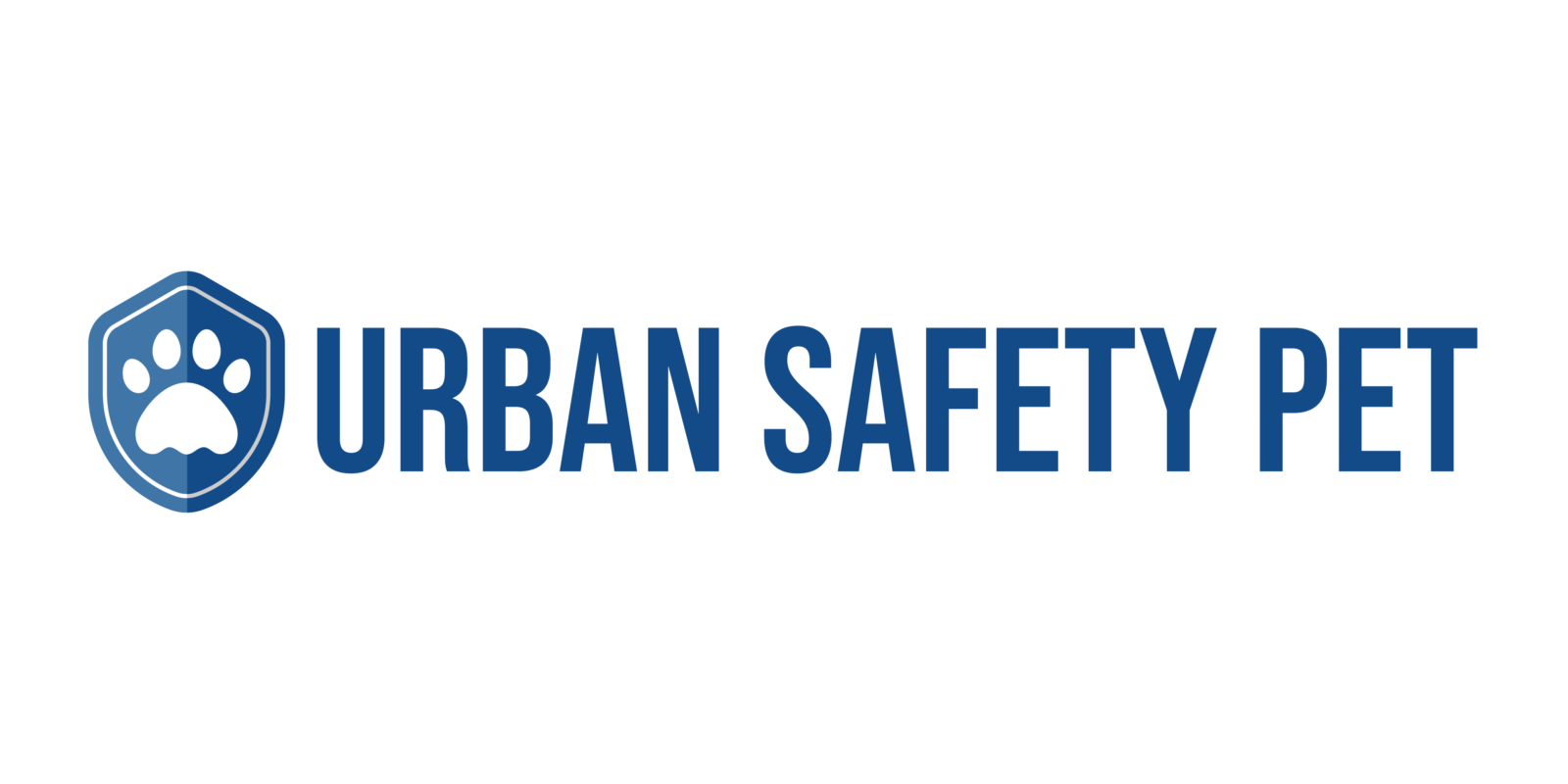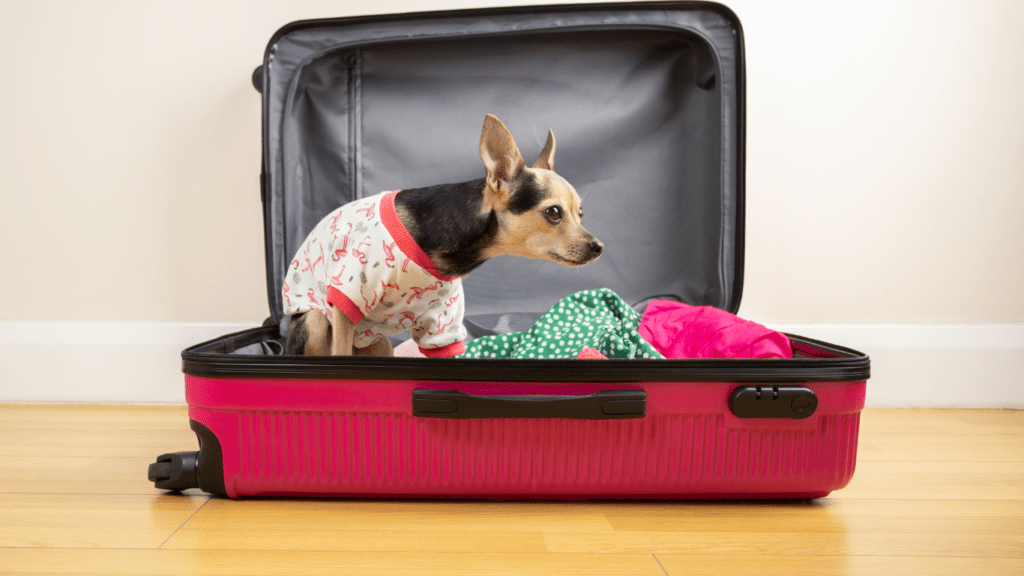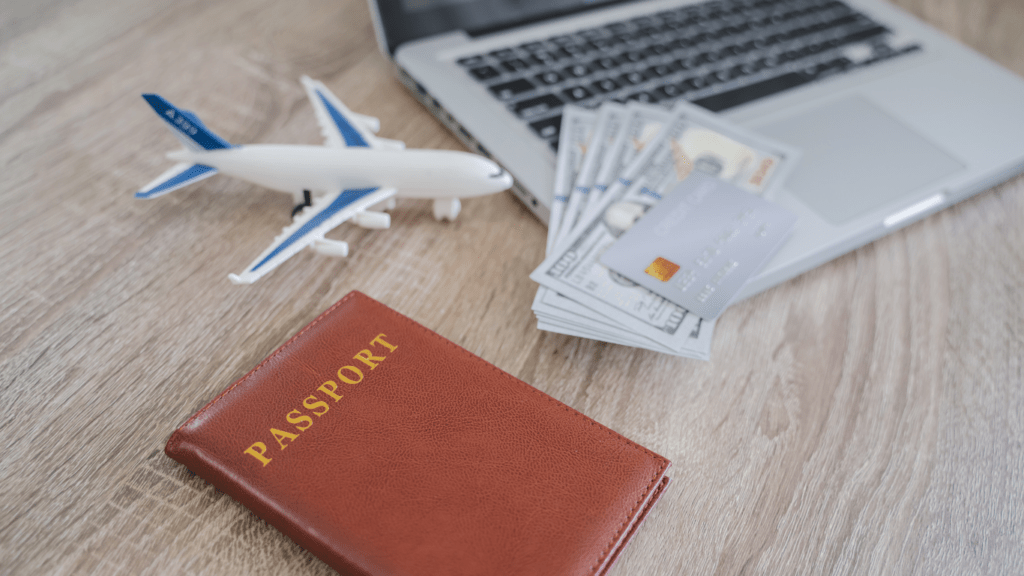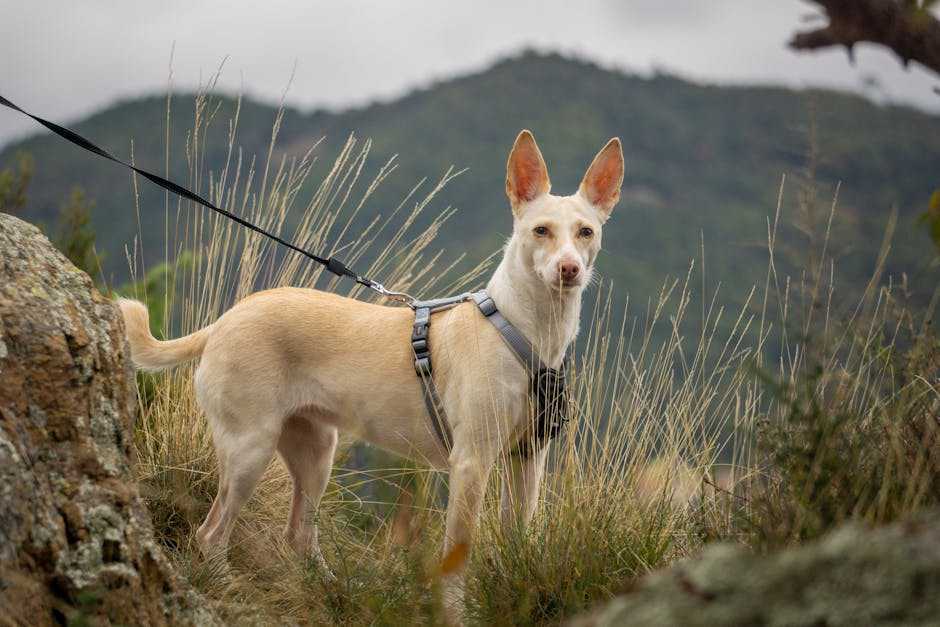Understanding Airline Regulations for Pet Travel
When flying with pets, understanding airline regulations is essential. Each airline has specific requirements and policies to ensure pet safety and comfort.
Documentation Requirements
Airlines often require documentation for pets, including identification and health records. Pets need microchips or tags for identification. For international flights, pets usually need passports, which detail the animal’s identity and travel history. Always check with the airline for specific documentation needs.
Health Certificates and Vaccinations
Health certificates from a licensed veterinarian are mandatory for flying with pets. These certificates must verify the pet’s fitness to fly and are typically valid for 10 days. Vaccinations against rabies and other diseases must be up to date. This protects both the pet and other passengers.
| Requirement | Description |
|---|---|
| Health Certificate | Must be issued within 10 days of travel |
| Rabies Vaccine | Mandatory, must be current |
| Other Vaccinations | As required by the destination country |
Pet Travel Policies by Major Airlines
Major airlines have specific policies regarding pet travel. Delta Airlines allows pets in the cabin, cargo hold, or as checked baggage, depending on the pet’s size. United Airlines permits pets in the cabin and as cargo but has specific restrictions on breed and temperature. American Airlines accepts pets in the cabin and as cargo, but only certain routes are pet-friendly. Checking each airline’s pet travel policy before booking is crucial.
| Airline | In-Cabin Pet Travel | Cargo Pet Travel | Notable Restrictions |
|---|---|---|---|
| Delta Airlines | Yes | Yes | Size and breed restrictions |
| United Airlines | Yes | Yes | Breed and temperature restrictions |
| American Airlines | Yes | Yes, certain routes only | Route and seasonal restrictions |
Preparing Your Pet for Air Travel

Proper preparation ensures a safe and stress-free journey for your pet. Identify and address your pet’s specific needs before flying.
Choosing the Right Carrier
Select a carrier approved by the airline. Measure your pet to find the correct size. The carrier should allow your pet to stand, turn around, and lie down comfortably. For small pets, carriers like the Sherpa Original Deluxe are often recommended. Ensure the carrier has proper ventilation and secure closures.
Acclimating Your Pet to the Carrier
Introduce the carrier weeks before travel. Place it in a familiar area with the door open. Encourage your pet to enter using treats or toys. Gradually increase the time your pet spends inside. Take short car trips to simulate travel. Consistent exposure helps reduce anxiety.
Feeding and Hydration Tips
Feed your pet four hours before departure. This reduces the risk of nausea or accidents during the flight. Hydrate your pet adequately but avoid excess water right before the trip. Carry a portable water bowl for hydration during layovers. For journeys longer than eight hours, consult your vet for feeding schedules and hydration needs.
Day of Travel: What to Expect
On the day of travel, knowing what to expect helps ensure a smooth journey with your pet. Each step from arriving at the airport to boarding the plane involves specific protocols to keep your pet safe and comfortable.
Arriving at the Airport
Arrive at least 2 hours before your flight. This extra time accommodates any pet-related processes. Locate the airline’s designated pet area or special check-in counter if available. Keep your pet calm by speaking softly and ensuring their carrier is secure. Having your pet’s documentation readily accessible speeds up the check-in process.
Going Through Security
Security checks include screening your pet. Remove your pet from the carrier, then send the empty carrier through the X-ray machine. Hold your pet or use a leash as you walk through the metal detector together. TSA agents might swab your hands for explosives as an additional safety measure. Be patient, as the security process can be time-consuming for pet owners.
Boarding the Plane
Priority boarding can be advantageous. Inform gate agents you have a pet so they can assist you. Carry the pet in its carrier to your seat and place the carrier under the seat in front of you. Make sure the carrier stays properly ventilated during the flight. Stay attentive to your pet’s needs throughout the journey to ensure their comfort.
In-Flight Tips for Pet Comfort
Ensuring your pet remains comfortable during the flight is crucial. I’ll share some essential tips to help manage your pet’s stress, provide comfort items, and monitor their well-being throughout the journey.
Managing Anxiety and Stress
Pets often get anxious during flights. Keeping them calm is vital for a stress-free journey. Before the flight, speak with your vet about possibly using calming products like pheromone sprays or anxiety wraps. Place your pet’s carrier under the seat in front of you. This position can help your pet feel secure. Refrain from opening the carrier mid-flight unless necessary to avoid causing additional stress. Distractions in the form of toys inside the carrier can also help alleviate anxiety.
Providing Comfort Items
Comfort items can make a big difference. Place a familiar blanket or a piece of your clothing in the carrier. The scent can reassure your pet during the flight. Ensure your pet has a favorite toy to keep them occupied. For longer flights, consider a chew toy that can keep them busy for extended periods. Soft bedding within the carrier can also provide cushioning and warmth.
Monitoring Your Pet’s Well-being
Keep a close eye on your pet during the flight. Regularly check to ensure they are comfortable and not overheating. Offer water periodically, using a spill-proof water dispenser to prevent messes. Be mindful of signs of distress, such as excessive panting or whining. If necessary, notify a flight attendant for assistance. Be prepared to take action swiftly if your pet seems unwell.
Post-Flight Care
Ensuring your pet’s well-being doesn’t stop after the flight lands. Post-flight care is crucial for your pet’s overall health and comfort.
Navigating the Arrival Process
- Start by retrieving your pet from the designated area, usually the cargo section or baggage claim.
- Verify their condition immediately to rule out visible injuries or signs of extreme stress.
- f using an international airport, complete customs and immigration checks for your pet.
- Follow airport signage to the pet relief area so your pet can relieve themselves comfortably.
Addressing Post-Flight Anxiety
Pets often experience anxiety after flights. Offer plenty of reassurance with gentle petting and calm words. Reintroduce familiar items like toys or blankets to create comfort. Provide a quiet space where your pet can rest undisturbed. Monitor them closely for any unusual behavior, such as hiding or trembling, and address these symptoms with soothing techniques.
Veterinary Care After the Flight
A post-flight vet visit ensures your pet’s health isn’t compromised. Schedule an appointment either before you leave or soon after arrival. The vet can check for any stress-induced issues or potential conditions from the flight. Keep your pet’s health records handy to provide the vet with all necessary information.




